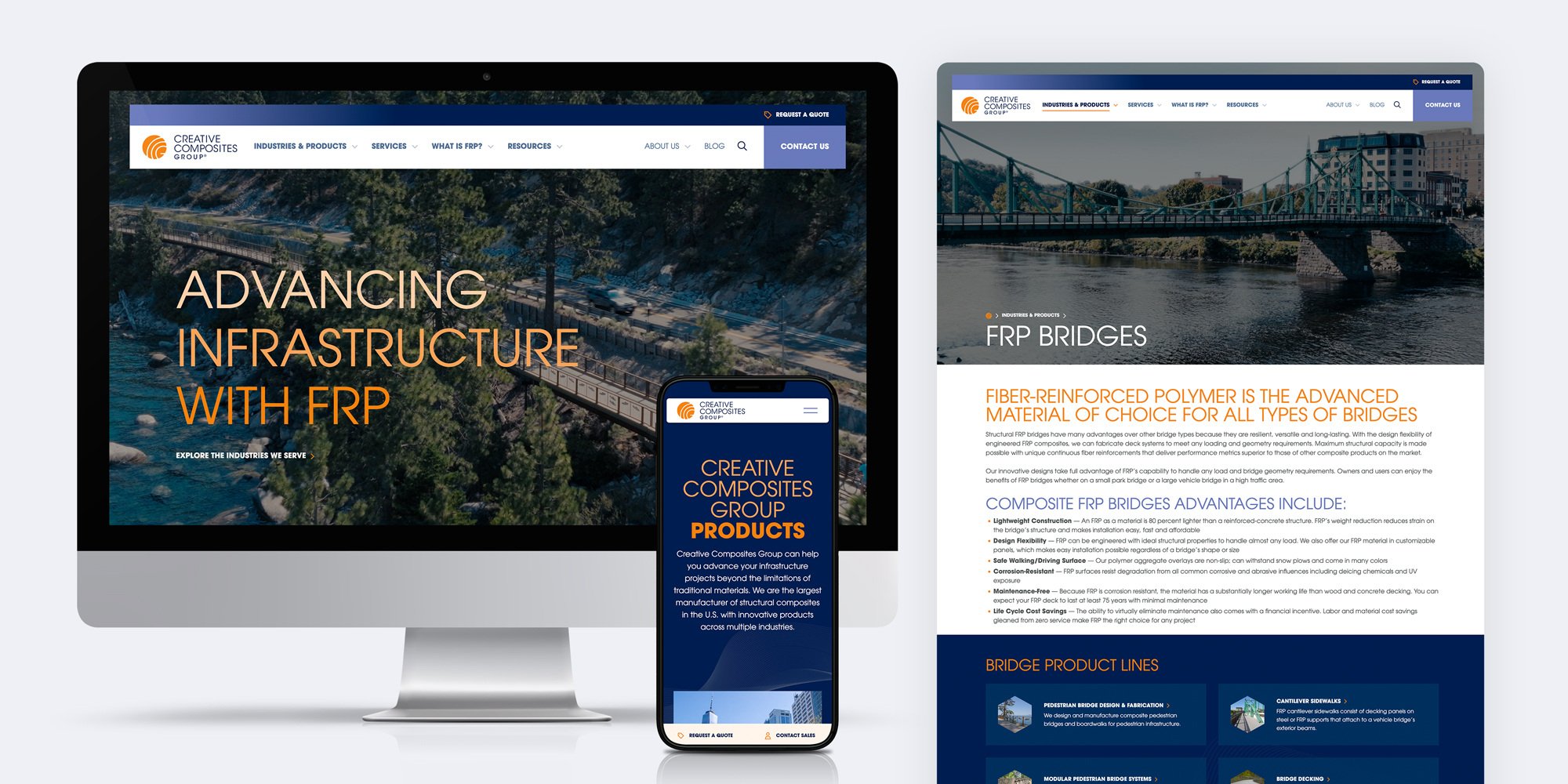DAYTON, Ohio (May 7, 2018) No matter where you look, the Department of Transportation (DOT) is scrambling to fix what is broken. According to the American Automobile Association (AAA), pothole damages alone cost U.S. motorists a total of $3 billion per year. But there is one product that isn’t on crews’ maintenance ‘to-do’ lists. Corrosion-resistant, maintenance-free Fiber Reinforced Polymer (FRP) composites offer an attractive choice for infrastructure applications ranging from bridges and bridge decks to repair and retrofit and internal reinforcement for concrete.
In a hearing this month before the U.S. House of Representatives Subcommittee on Research and Technology of the Committee on Science, Space, and Technology, Representative Daniel Lipinski (D-IL) said, “As we make plans to shore up our infrastructure and build for the future, we must take advantage of all the tools at our disposal. This includes using innovative technologies and emerging materials where they offer the best value for a project. Materials such as fiber reinforced polymer composites, or advanced composites…may play a key role in how the nation addresses its challenges under constrained resources.”
Composite Advantage’s FiberSPAN FRP bridges and bridge decks have found a strong market niche due to the mechanical characteristics of its products. “Our bridges and bridge deck panels don’t corrode,” says Composite Advantage President Scott Reeve. “That translates to zero maintenance and gives our products a life cycle of 100 years. The cost savings that results fromeliminating upkeep has also driven field adoption of our FiberSPAN pedestrian bridges, bridge decks and trail bridge systems.”
According to Reeve FRP composites are an engineered material. Polymers support and protect high-strength fiber reinforcements from corrosion and the effects of environmental factors such as salt water, deicing chemicals, oils, acids and UV radiation. One of the oldest FRP decks was installed in 1996 on a bicycle path in Ohio where it has been exposed to snow, ice and cold temperatures for more than a decade. Regular inspections have found the deck surface damage free.
Composite Advantage also uses coatings and non-slip overlays that are highly resistant to UV rays. In 2015, the FRP supplier added Matacryl, a surface product especially suited for areas that experience heavy use. The system combines quartz aggregate in a methyl methacrylate polymer for greater durability, reduced roughness and higher elongation than conventional non-slip overlays. “Bridge owners and design engineers are starting to at the look term benefits of sustainable materials that can minimize the life cycle costs of structures,” says Reeve. “FRP composites provide that.”
Composite Advantage is an engineered solution supplier for Fiber Reinforced Polymer (FRP) products for major infrastructure markets. CA pairs innovative design and unique technology with efficient manufacturing processes and in-depth field experience. More than a decade of developing lightweight, high-strength, cost-effective FRP goods for structurally demanding applications and corrosive environments has helped the advanced materials manufacturer create a comprehensive menu of products ranging from pedestrian bridge decks, trail bridges, cantilever sidewalks and rail platforms to fenders, pilings, ship separators and other waterfront structures.
